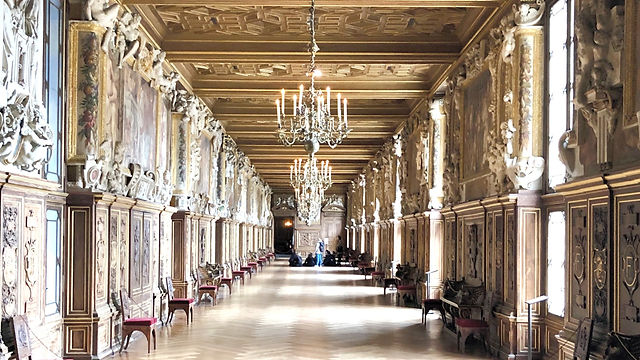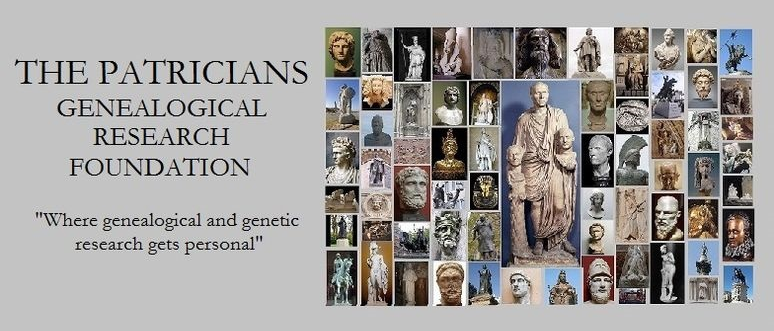








The ultra-extravagant outdoor camping adventure ever, known later as The Field of the Cloth of Gold (1520), was the brainchild of English Lord Chancellor Cardinal Thomas Worsley (c.1475 – 1530), who sought to establish a political rapprochement of the traditional adversarial relationship between the monarchs of France and England, both of whom laid numerous superior claims on the legitimacy of the other’s royalty over their respective realms. If successful, Worsley had envisioned England’s alliance with France that would potentially create not only an accepted English monarchal presence in Europe but also lay the seed for the dissolution of the Holy Roman Empire, which would never have recognized the legitimacy of the Church of England. Ironically, in failure of his intended design thereafter, England declared war on France a year later. He was later dismissed as Lord Chancellor and replaced by Sir Thomas More, Esq (1478 – 1535) Lord Chancellor, Catholic Saint with tragic consequences for himself. Fortunately for him, the wily Worsley survived the experience to live to old(er) age.
Not that the political exercise of the outing proved in Worsley’s intended political effect to be an abysmal failure, as both Francois and Henry VIII Tudor (1491 – 1547) King of England and Ireland met for the first time, which gave them the occasion to take stock of one another as monarchs, both in acquaintance and as wrestlers in frivolity of the spirit of the occasion, to know one another. At over 6’6 in height, more than 4 inches taller than Henry, who was, however, every bit his physical match as an exceptionally accomplished jouster, Though Francis readily prevailed, which likely sealed the doom of their potential friendship.
In 1516, three years before the polymath’s death, Francis invited Leonardo Da Vinci (1542 – 1519) to France to serve him as “Premier Painter and Engineer and Architect of the King” in building a new capital, Amboise, in the Centre-Val de Loire region. He was given a generous salary and free residency at the Château du Clos Lucé. The architectural models and civil engineering designs he produced are housed there. Many of the architectural design features of Chateau de Chambord, which Francis started building in 1519, such as the double-helix staircase, were inspired by Leonardo’s genius.
Rebuilding the Louvre Palace was by far Francis’s most ambitious construction project. Transforming the old dilapidated fortress into an extravagant pleasure palace, however, appears to have not motivated him to maintain the prodigious iteration as the seat of monarchal government in Paris. His death, aged 53, before the completion of the groundwork to facilitate the transition to Amboise abruptly ended the plan.
Louis XIV de Bourbon (1638 – 1715) had the same motivation and successfully moved the seat of his monarchy from Paris to Versailles after the completion of the Palace of Versailles in 1631. He achieved his vision of the Elysium Fields where immortals, like himself, elevated themselves from the rest of humanity.
Francis II (1544 – 1560), grandson of Francis I, married Mary I Stuart, Queen of Scots (1542 – 1587) when he was a 14-year-old. Born at Fontainebleau, he and his wife spent two politically turbulent years together before his death.
Related ancestral blog articles
European Royalty, Peerage & Nobility
Francis I de Valois, King of France
Birth 1494-09-12 in Cognac, France
Death 1547-03-31 in Rambouillet, France
Ancestry.com citation/Lineages
4th cousin 16x removed ROHAN-LANDRY-BOURG-CYR-BRULE
8th cousin 15x removed ROHAN-MONTFORT-D’DREUX-PLANTAGENET-HOWARD-WOOD-COLLINS
9th cousin 14x removed BOURBON-VALOIS-DE DREUX-PLANTAGENET-HOWARD-WOOD-COLLINS
8th cousin 16x removed DE SAVOIE-BOURGOGNE-VALOIS-CAPET-D’EVREUX-ROHAN-LANDRY-BOURG-CYR-BRULE
http://trees.ancestry.com/tree/465887…
husband of 7th cousin 15x removed D’DREUX-PLANTAGENET-FITZALAN-MOWBRAY-HOWARD-WOOD-COLLINS
YouTube videos
Great Parties in History: The Field of the Cloth of Gold
Did Henry VIII and Francis I really wrestle?
Leonardo da Vinci: Retreat of the Italian genius in France under the patronage of Francis I
Leonardo Da Vinci’s French Years
Is Chambord the Most Magnificent and Recognisable Renaissance Palace in the Loire?
Francois 1st’s great jewel Louvre
Portrait of Francois I, King of France by Jean Clouet, Louvre Museum, Paris
SOURCES
The Field of the Cloth of Gold
Kings of France (chronological order) Fab Pedigree
The Patricians, A Genealogical Study – Ebook Editions US$5.95


Steven Wood Collins (1952 – ) Antiquarian, Genealogist, Novelist

